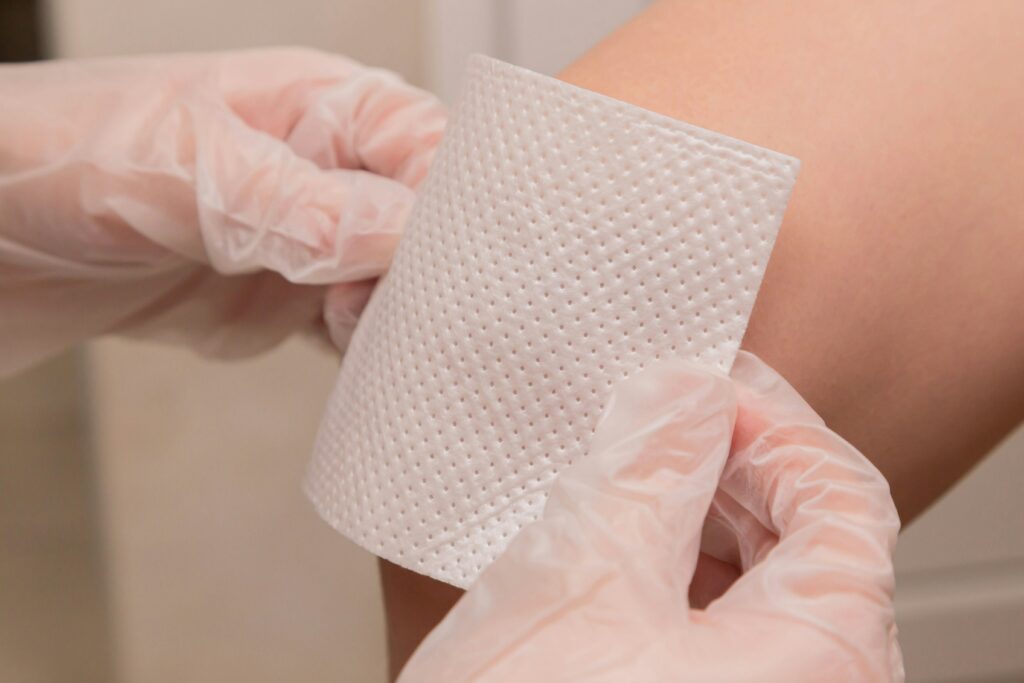
A team of researchers from ENEA and its spin off, Nanofaber has recently developed a multilayer and biodegradable patch to treat skin lesions thanks to a patented ointment contained inside its nanofibres. The objective of this innovation, whose results were published in the Pharmaceutics journal, is to reduce the frequency of wound dressing, the pain and the risk of infections.
In order to develop this patch, said Antonio Rinaldi, ENEA researcher and co-founder of Nanofaber, «we used an innovative technique, called electrospinning.» This is a production process used in the scientific industrial setting to «produce nanostructured membranes that encapsulate the medication and releases it in a gradual and controlled way, when it comes into contact with the wound.»
In detail, the two external layers of the patch are made of a biocompatible synthetic material used in the medical setting, while an inner core is made of a plant-derived formulation that regenerates the wounded skin, patented by ENEA. «In order to make the most of the regenerative mechanism of this formulation or simply to expand its field of application, we have studied innovative strategies to control its gradual and optimal release with respect to the regeneration phases of the skin tissue. Thanks to the collaboration with Nanofaber, a new concept of biomedical patch was developed which preserves the therapeutic properties of the ointment and guarantees a better bioavailability through gradual release, which is very useful to manage more effectively and correctly wound healing. And we should soon start a pre-clinical trial to evaluate its effectiveness also in vivo», said Anna Negroni, researcher at the ENEA Laboratory of Biomedical Technologies.
In order to verify how much the encapsulation and release of the active principle from the patch is effective, the researchers carried out accurate spectroscopic and chromatographic investigations, while for the validation of therapeutic effectiveness, in-vitro tests were used. As specified by the researchers, the results show that the electrospun plant-derived formulation has no negative effect on cell vitality, while being able to improve the effectiveness of wound healing.

